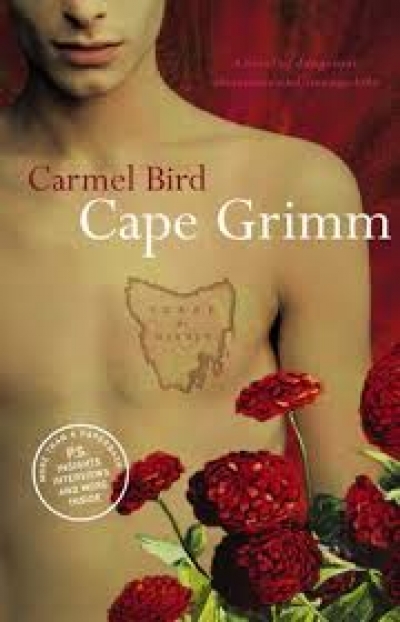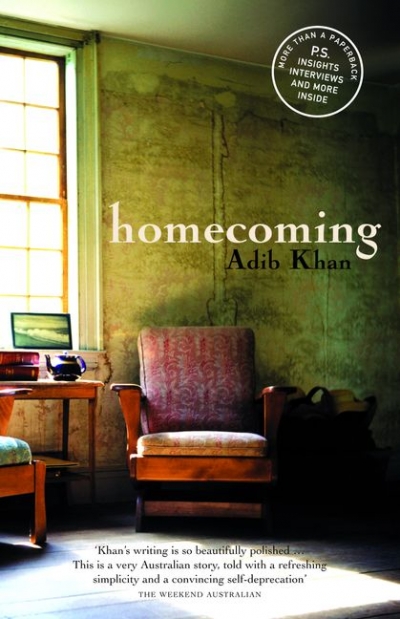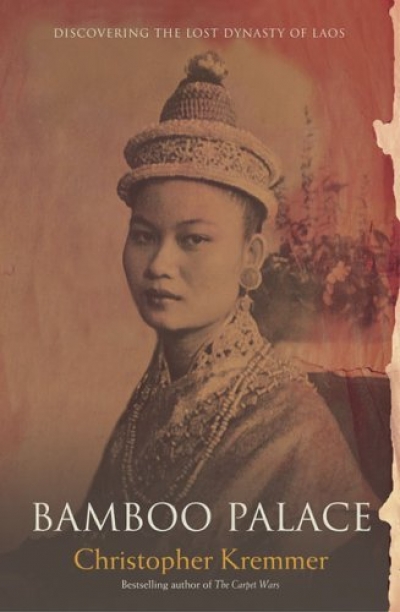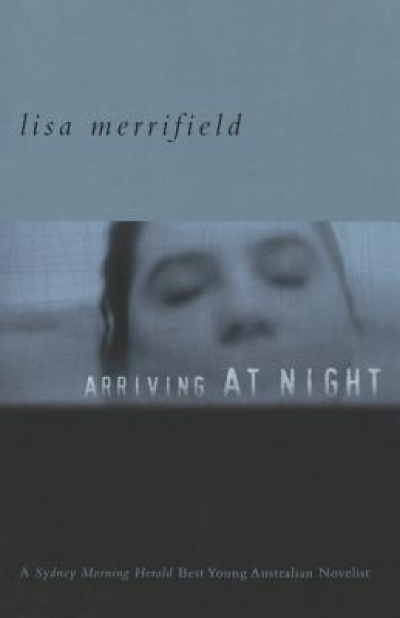At one point in A War for Gentlemen, a school-teacher is reading Uncle Tom’s Cabin to her class in rural New South Wales in 1872. Seven-year-old Annie Fitzhenry excitedly announces that her father had fought for the North during the US Civil War. When the teacher subsequently visits Annie’s home, both she and the child are abruptly undeceived. Charles Fitzhenry is indeed a veteran of that war, but had served in the Confederate army.
Harriet Beecher Slowe forcefully argued that the disintegration of the families of slaves was perhaps the most pernicious aspect of slavery. In French’s novel, it is racial prejudice that separates parents, children and siblings – tragically, because entirely unnecessarily.
...
(read more)









